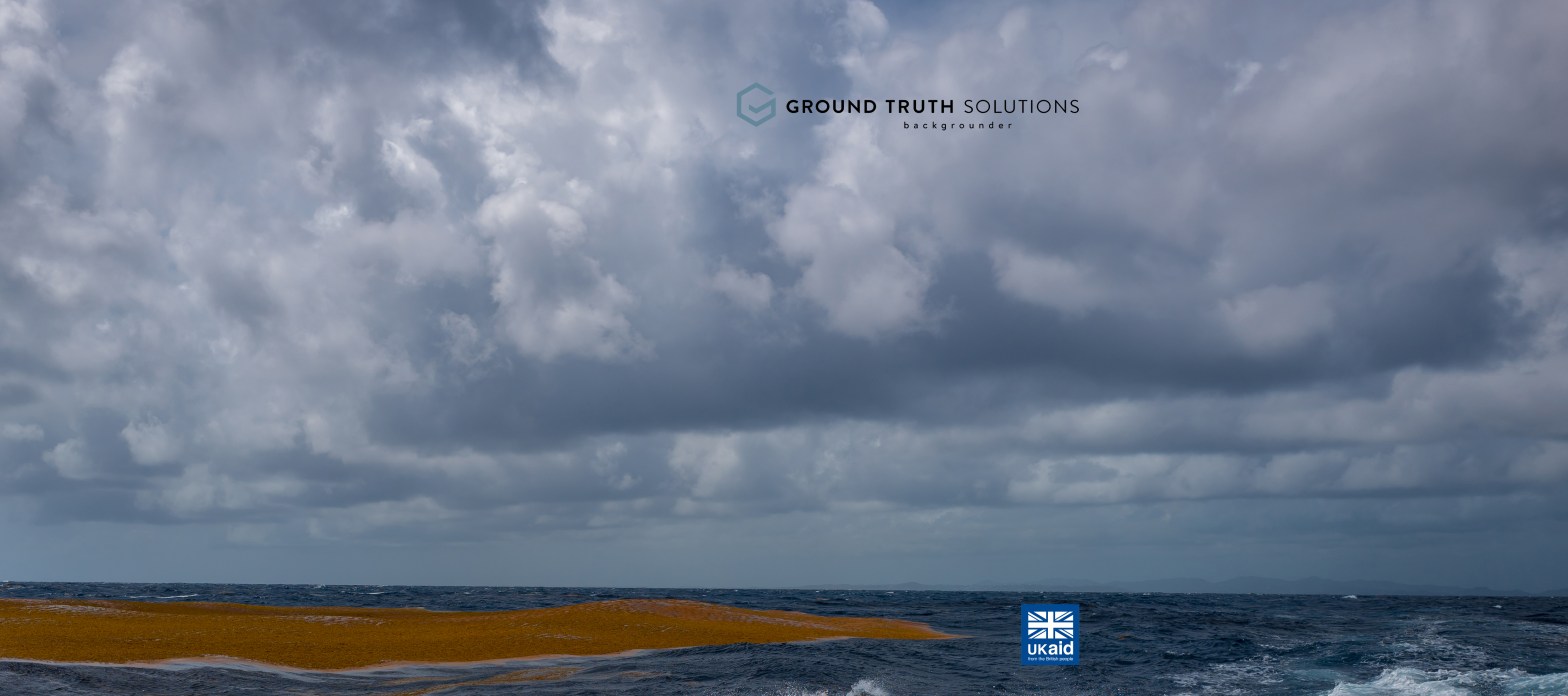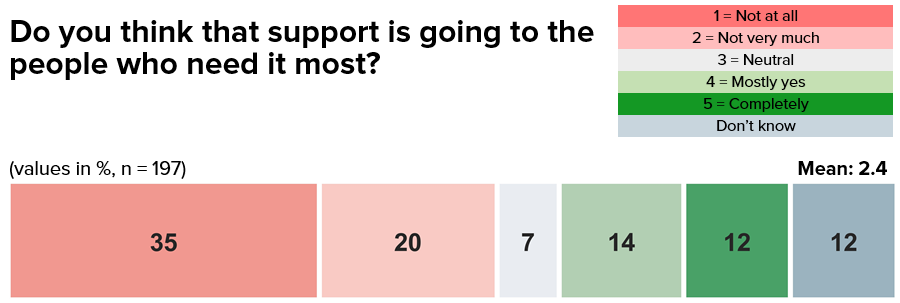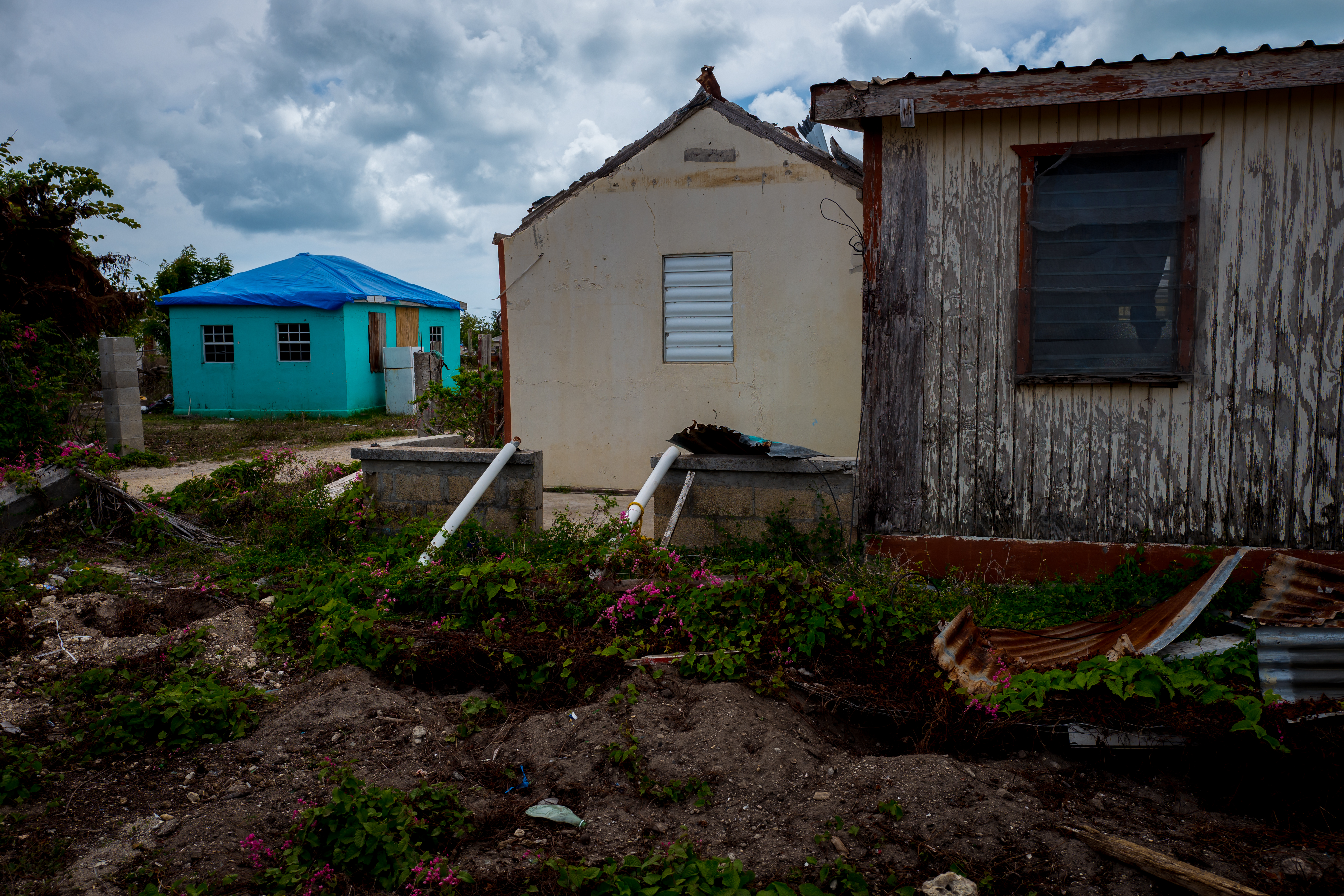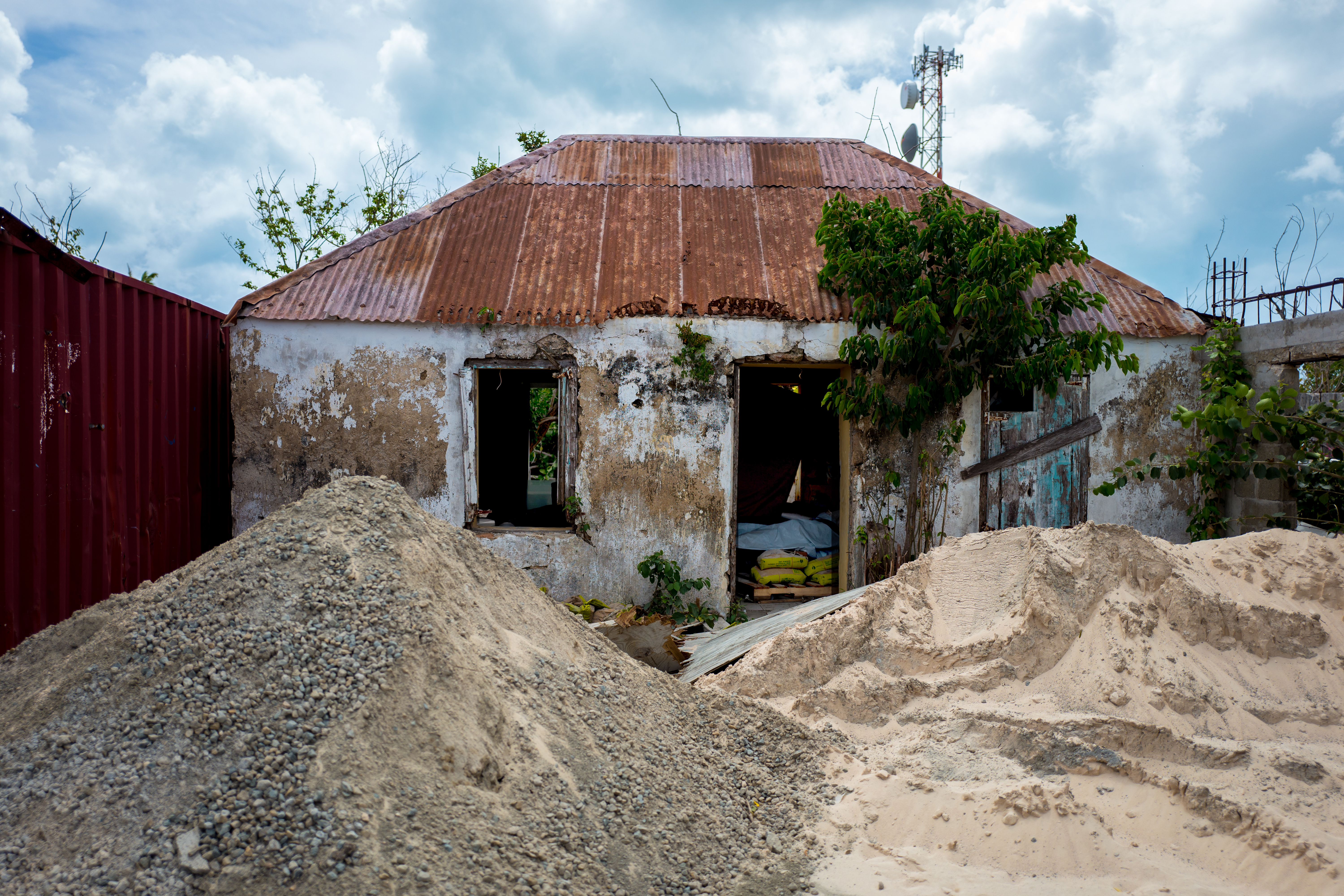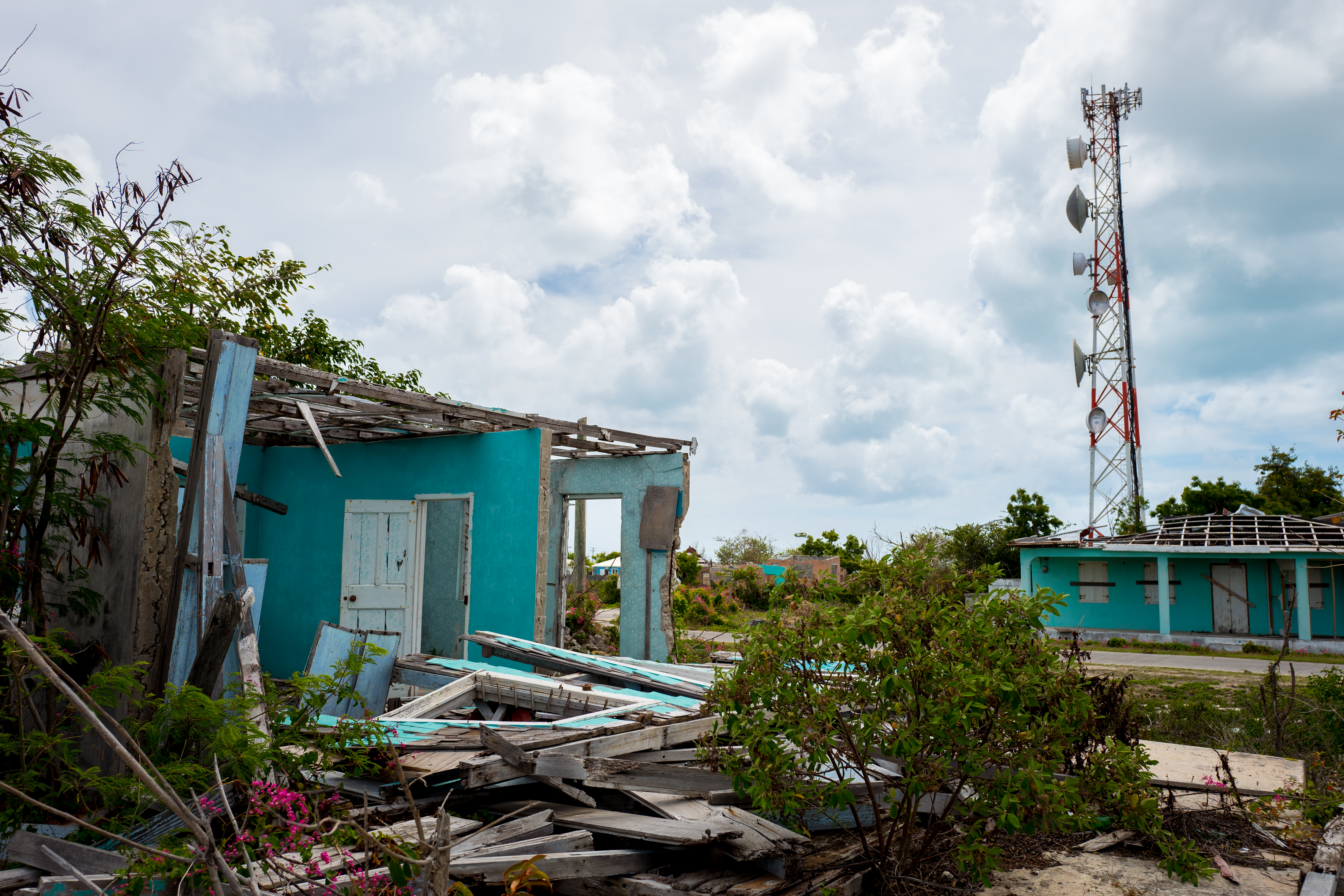The tiny Caribbean island of Barbuda, devastated by Hurricane Irma nearly eight months ago, is still in the early stages of recovery – and far from prepared for the coming hurricane season. Despite recent government assurances that Barbuda is ready to weather the next powerful storm, those actually working on the ground in the recovery effort consider the island more vulnerable today than it was before Irma.
“It could well be another case of Haiti with people living in tents, without roofs, and with dangerous debris on the ground. It is a disaster waiting to happen,” says Manuel Peña Lugo, disaster department director of the Antigua and Barbuda Red Cross. “Yes, it’s worse now than before,” confirms another agency official who has been working in Barbuda since 2013 and now directs a hurricane recovery program there.
Given the context in Barbuda, eight months “is not a long time for relief and recovery,” explains Maureen Lance-Onyeiwu, United Nations Development Programme (UNDP) Antigua and Barbuda head of office. “It’s a much more difficult process on Barbuda. You have to take that into consideration when looking at the timeline. There are just four international partners; that’s one issue to consider. And then the peculiarity of the location, the logistics, and a very sensitive political climate.”
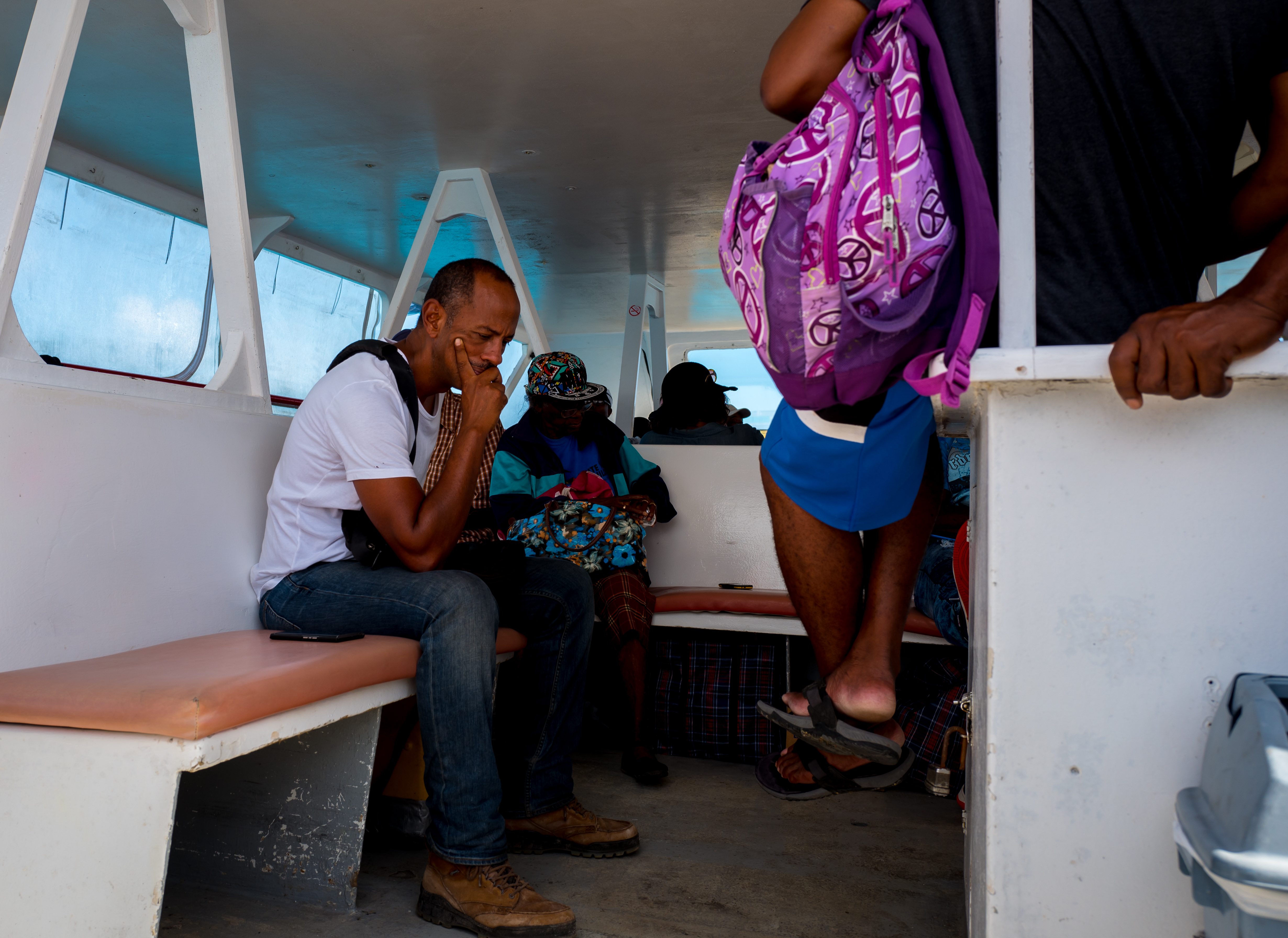
For the 1,100 Barbudans displaced in Antigua, the larger and richer of the nation’s two islands, who hope to go home soon, and for the 500 who have already returned to rebuild homes and livelihoods, the “sensitive political climate” is in fact, a fierce debate over land ownership, private development, some say Barbuda’s future itself. At issue is a bill to repeal Barbuda’s communal land ownership law that was quietly pushed through the lower chamber of Parliament in March of this year while most Barbudans were at their lowest and distracted by hurricane recovery.
If approved by the Senate and signed into law, the bill would end a nearly 300-year tradition whereby family leaseholds are handed down to descendants with the remaining, open land held and managed in commonage. The change would also allow anyone who can claim residency to buy, sell, and develop land on Barbuda. Privatization would essentially take away control over land and rights of self-determination from the 11-member elected Barbuda Council. Prime Minister Gaston Browne of the ruling Antigua and Barbuda Labour Party who initiated the repeal of the law argues the change will empower Barbudans to obtain mortgages and insurance, rebuild homes, and spur development. The opposition Barbuda Peoples Movement has called the plan alternately a “land grab” and “disaster capitalism.”
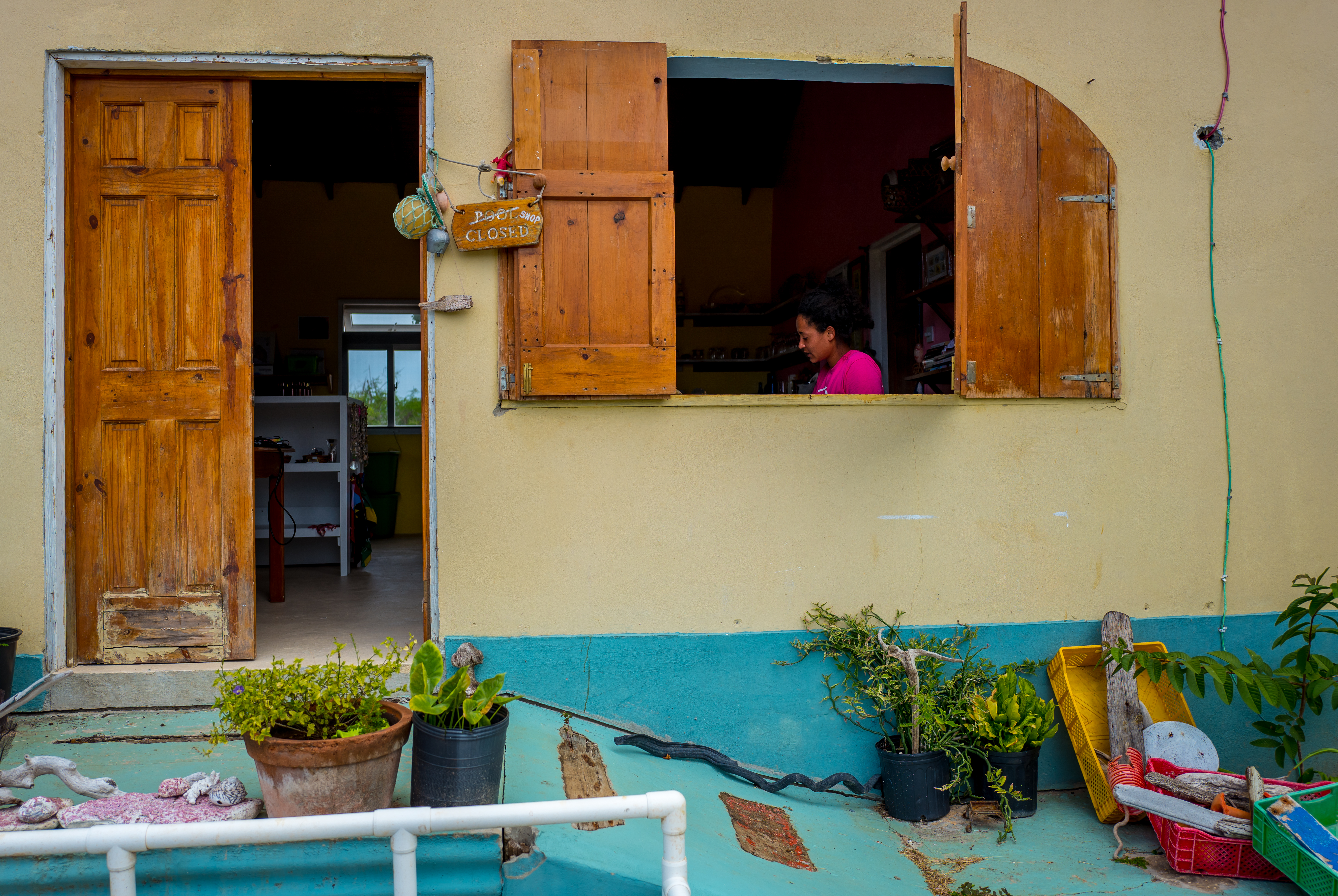
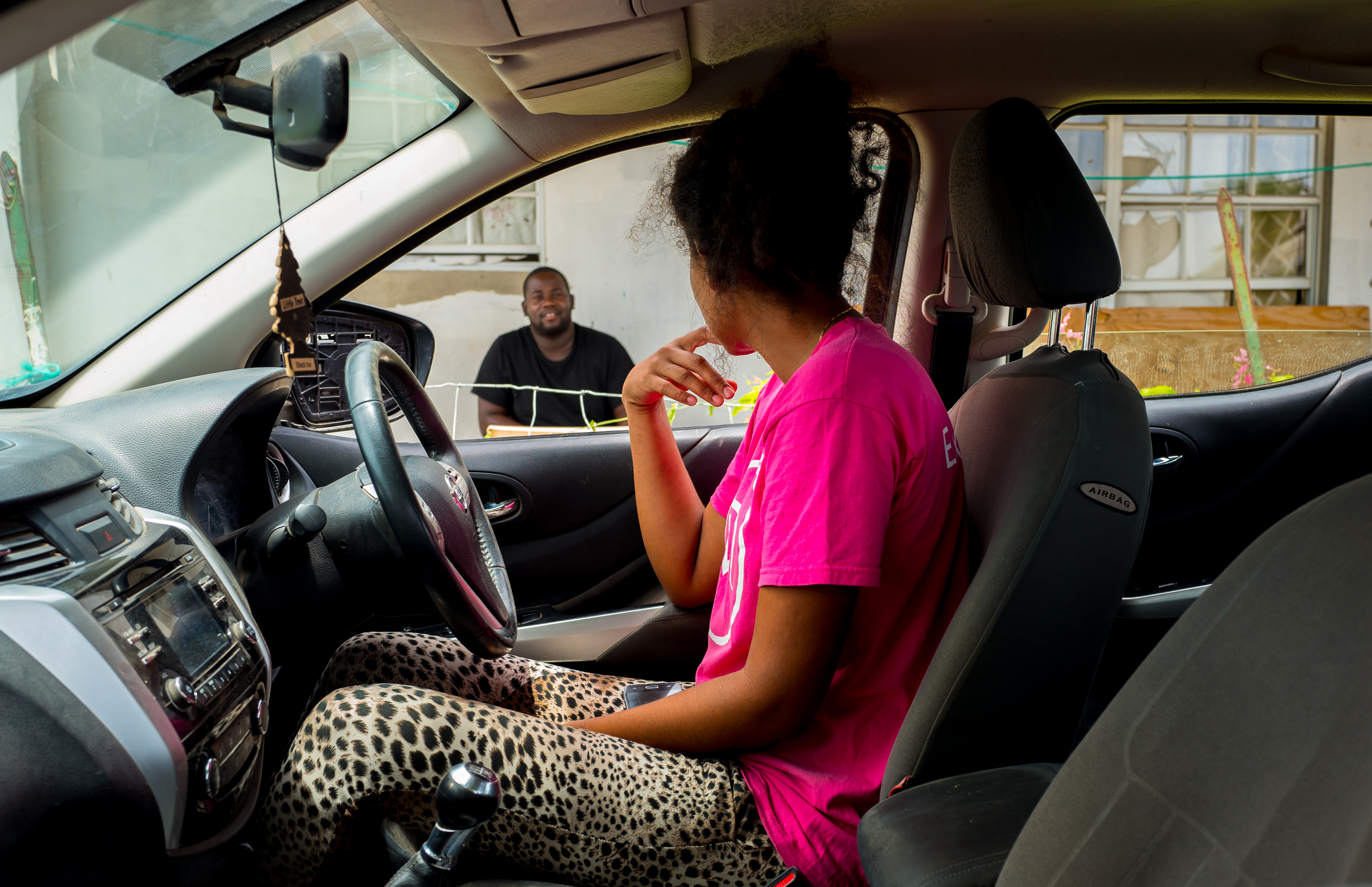
A recent request by Trevor Walker, the newly elected member of Parliament for Barbuda, to hold government consultation with Barbudans before moving forward, was rejected by Prime Minister Browne who says such debate is futile and too contentious.
The acrimonious atmosphere appears to have contributed to an extraordinary absence of government exigency to provide transparent accounting for relief and reconstruction funds, adequate capacity, or a clear and sustained communications strategy. As a result, the four international agencies on the ground in Barbuda, in every practical sense, are driving the recovery effort.
This perspective is based on interviews with public officials, relief agencies, citizens of Antigua and Barbuda, and on two rounds of surveys of displaced Barbudans in Antigua conducted in November 2017 and January 2018 by Ground Truth Solutions, an international non-governmental organization based in Vienna. The surveys indicated most lives are not improving, their most important needs are not being met, and that there is insufficient community consultation about support programmes for those affected by the hurricane.
“Given the magnitude of this disaster, the logistics, and the heavily politicized atmosphere, we should have shifted our operations straight away to Barbuda,” says another Red Cross official. “This is the only time when an operation has not been carried out in the affected area, and it’s tested us and it’s been an eye-opener for us. If we had been there earlier with aid, the number of returnees today would be higher, not as many [Barbudans] getting comfortable in Antigua, and the recovery would be further along,” he adds.
Barbuda is a 62-square-mile, low-lying coral island some 32 miles north of its sister island, Antigua which suffered minimal damage from the September 6, 2017 hurricane. The populated area of Barbuda covers about eight square miles, centered in the village of Codrington. The island is covered in dry scrub brush and cacti, with coastal and inland mangroves, and rimmed by miles of pristine beaches, some with pink sand made up of tiny, crushed red shells. Horses, donkeys, and goats roam free across the island as most fences and stables were blown down by the hurricane. Nearly 20 dogs abandoned when the island was evacuated have since been reunited with their owners.
Before the hurricane, Barbuda’s economy was based on tourism, fishing, agriculture and sand exports – a highly controversial practice carried out despite litigation, resolutions, and other efforts to halt it for fear of continued coastal erosion. The government in Antigua maintains the sand is needed for concrete to rebuild homes as well as for construction of a long runway for the new international airport. (Five days after Irma, government construction crews with bulldozers were clearing bush for the runway, even at night under lights running on generators).
The storm severely affected livelihoods, housing and infrastructure, health services, electricity, water, sewage, communications, agriculture, and fisheries. There was one fatality on Barbuda, a toddler pulled from his caregiver’s arms by the ferocious winds. The island’s entire population – 1,600 men, women, and children – was evacuated two days later in advance of a second powerful storm that threatened but fortunately missed the island. Residents were not allowed to return for three weeks by which time nearly all belongings left behind in damaged or roofless homes were either destroyed by rain or looted by individuals coming onto the island illegally.
Many displaced Barbudans found temporary jobs in Antigua to make ends meet but now are doing whatever they can to return. Shane John, a landscaper for a Barbuda resort before the storm, found work as a gardener at a private home on Antigua but he is desperate to get back to his life on the island to rebuild. His home was leveled to its foundation by the storm, the family’s belongings scattered by wind and everything left amid the rubble was ruined by the time he returned. On a recent weekend trip to Barbuda he brought a load of cinder block to begin rebuilding the walls. “When I went back the next weekend the concrete blocks had been stolen,” he says, the frustration and defeat evident in his voice and eyes. “Next time I’ll leave them with a friend.”
The home of Sharmelita Charles, a single mother of five children ranging in age from three to eighteen, was also completely destroyed while her mother’s house nearby lost only its roof. Life on Antigua for Ms. Charles and her family over the past eight months has been a challenge, she says, especially for her eldest son who was traumatized by the effort of rescuing and then dragging his 82-year-old grandfather to safety during the storm. She says her son has been unable to sleep since that night.
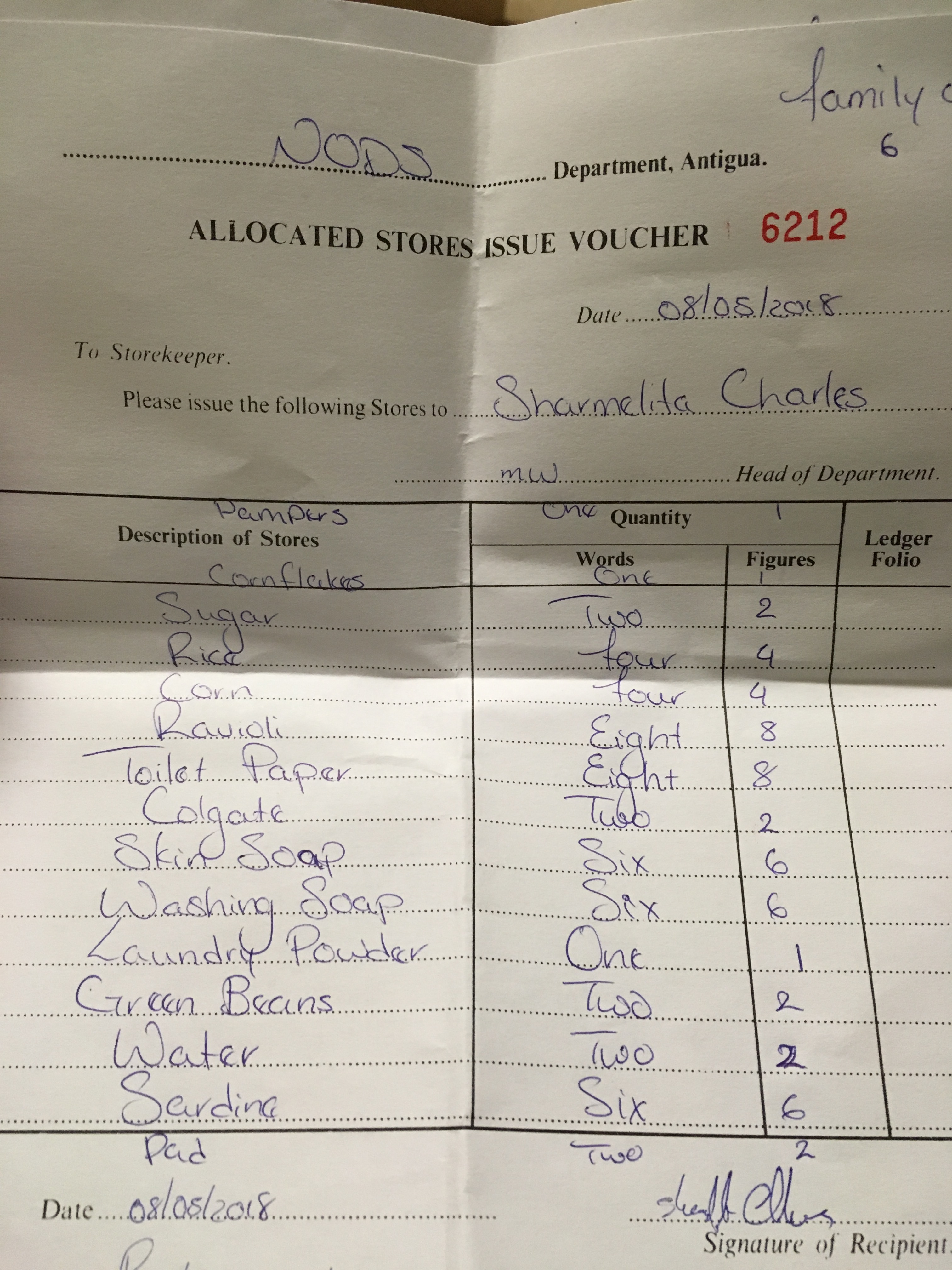
Ms. Charles found work as a waitress at the Barbuda Grill to provide for her family. Her weekly paycheck is supplemented by food and household items provided through government vouchers. Nonetheless, she is anxious to leave. “I need to get out of here, start over, and refurnish. I lost everything,” she says, “TV, bed, fridge… Over here it’s just so hard. You have to know someone to pick up things or arrange things to be sent home. You need a friend, a cousin, a connection, or someone with a car. And by the time you hear about something, like cash transfers, it’s too late and they’re not there.”
An initial round of cash transfers via debit card was made by the Red Cross to 439 displaced Barbudans in Antigua during the emergency phase in September of last year, each household receiving between $222 to $370 in a single transfer. A second-round distribution of some $72,000 was launched in April 2018. This was to help provide 400 families with basic needs after their return to Barbuda. Each eligible resident/household received a debit card for $185. In addition, the Red Cross made a first-round distribution of cash to 29 fishermen to repair boats and engines and to provide them with two years’ worth of insurance.
According to the Barbuda Council, the local governing body, some 649 Barbudans are public servants (representing over 80 percent of Barbudan households), receiving an average salary of $670 a month. These people have continued to receive salaries without significant disruption to their livelihoods. The Council recently announced it will not continue to pay salaries to Barbudans who remain on Antigua.
Today, about 500 residents have returned to live and rebuild homes, though access to running water, electricity, and shelter are still limited. An additional 250 displaced Barbudans still are living in two collective shelters on Antigua; the rest are staying with family or friends in private homes or other housing. It is anticipated that most Barbudans will start to return in June following the end of the academic school year.
Antigua and Barbuda’s National Office of Disaster Services (NODS) is in charge of coordinating all government reconstruction, communications, building contracts with workers, building inspections and certification, as well as redevelopment of certain areas of the island such as the new airport. NODS works directly with the four international agencies on the ground in Barbuda: The International Federation of Red Cross and Red Crescent Societies (IFRC) through their Antigua and Barbuda Red Cross Society partner; the United Nations Development Programme (UNDP); Samaritan’s Purse; and the San Diego-based Waitt Institute.
As of the second week of May 2018, eight months since Hurricane Irma, and with a few weeks before the start of the next hurricane season;
• The Red Cross is assisting with getting basic supplies for the eight-bed Hannah Thomas Hospital, creating emergency shelter capacity, providing vouchers for residents to buy windows, doors, and construction materials in Antigua to make homes comfortable and safe, providing cash support to help fishermen repair their boats and engines, and looking at risk reduction measures on the island. The Red Cross has also moved two containers to Barbuda and started to position relief stocks and non-food items such as tents and tarpaulins. They are also building a permanent Red Cross branch office on the island to double as an emergency shelter, but it is not likely to be ready for the coming hurricane season.
• The UNDP, having conducted the initial Building Damage Assessment for the island, continues to bring in building supplies and workers to repair roofs, and has launched a cash-for-work programme to pay Barbudans to clear hurricane debris and reconstruction waste.
• The Waitt Institute, through the Barbuda Recovery & Conservation Trust, continues to subsidize ferry transportation for Barbudan nationals between Antigua and Barbuda at a discounted rate of 50 percent, at least through June and possibly July. It has also launched a fishers’ livelihoods recovery programme to build 405 new sustainable fish traps, and it assists Barbuda residents through a utilities project to help households reconnect to the water and electrical systems and pass Antigua Public Utilities Authority inspections. The Waitt Institute is also funding after school tutoring programmes for displaced Barbudan secondary students living on Antigua to help them prepare for final exams, and for pre-school and special needs children on Barbuda.
• Samaritan’s Purse is bringing in volunteer contractors from the United States to help fix roofs and providing the ubiquitous blue tarpaulins still in use to cover homes, as well as generators, cleaning supplies, and access to clean water. The organization is also partnering with the other agencies on various initiatives.
According to the UNDP’s post-disaster building damage assessment, 92 percent of private structures were damaged and about half of the 1,250 structures on Barbuda require significant repair or complete reconstruction. The UNDP estimates it will cost $79 million to repair Barbuda’s housing stock and that total recovery will amount to $223 million, or 16 percent of the country’s GDP. Losses in the tourism sector are estimated at $72.6 million. The building damage assessment categorized structural damage in four levels. Almost half the buildings were found to have minimal (Level 1) or minor (Level 2) damage – mostly roofs; 21 percent were severely affected (Level 3), and 23 percent were completely destroyed (Level 4).
One of the biggest concerns in terms of preparedness for the coming hurricane season, is the large amount of debris still piled on plots across the community as well as in a massive landfill east of Codrington containing sheets of corrugated roofing material and other detritus from the storm. The sheer amount of loose debris would be devastating if a significant storm with high winds were to come through, turning scrap metal into lethal missiles.
The goal of the recovery plan was to “Build Back Better” a disaster resilient community on Barbuda, starting with 250 priority buildings – collective shelters, the hospital, and homes of essential personnel such as teachers, medical personnel, and civil servants, as well as vulnerable households – those with single parents, the elderly, or the disabled. So far, through early May, 211 beneficiary households out of 250 have received building materials, but only 110 new roofs have been completed. The target is to finish all 250 roofs by June 30. An additional 100 roofs are under construction at time of writing and 40 more are waiting to be started.
According to the government’s National Emergency Operations Center, electricity has been restored to 94 homes; another 64 that have passed inspections are waiting to be reconnected. There is one source of fresh water – a desalinization device in the center of Codrington – and each household is allowed 20 liters a day. Sixty-two homes in Codrington now have running water. A Red Cross official says this is a step in the right direction, “but the infrastructure remains weaker, it’s not fully restored, and for most people, the indicators are worse now than they were before.”
The Chinese government is partnering with the UNDP to build back better in Barbuda with $2 million being allocated for the procurement of roofing materials to repair at least 200 houses and some public buildings to support the return of affected families to Barbuda. The European Union has offered €5 million to rebuild Level 3 and Level 4 homes – those either badly damaged or totally destroyed – following the region’s climate-resilient, building back better approach.
Prime Minister Browne, who is also the finance minister, has publicly complained about the difficulty in actually getting the funds pledged by international donor countries and organizations. He recently told radio listeners that not a cent has been received from Canada ($3 million), Britain ($1 million), or the €5 million offered by the European Union to rebuild the worst damaged homes on Barbuda.
Less than two weeks after the passage of Hurricane Irma, the Caribbean Catastrophe Risk Insurance Facility made a $6.8 million payout to Antigua & Barbuda on its Tropical Cyclone policy. How or where those funds have been spent is unclear.
In addition, nearly $4 million has been raised by several private charitable organizations in the US and on Antigua to support Barbuda’s recovery. These groups have no say in where the funds can be spent and must channel the money through the government in Antigua, although even that is not a guarantee of action. An offer by two of these groups to rebuild Barbuda’s primary school was turned down by the government because “someone else committed to this project.” The primary school remains untouched. Other charitable groups have resorted to creative financing through trusts or non-profits to get funds directly to projects on Barbuda.
Despite repeated opposition party requests and Antiguan government promises for a full accounting of monies received between September 2017 and April 2018 for Barbuda’s relief and recovery, nothing has been forthcoming from NODS, so it is unclear what monies are actually contributing to the recovery, other than the $2 million provided by the Chinese government.
Barbuda’s relatively remote location complicates the logistics of getting materials to the island and has significantly hindered the recovery process. Currently there are only two shipping companies, each having one barge, that supply Barbuda. The barges are subject to adverse weather conditions, high seas, as well as demand from other islands for their services. Often there have been delays of up to two weeks to transport needed building supplies to the island.
The UNDP in particular, has experienced trouble with sequencing the arrival of materials from their source in Panama, waiting for weeks on end for galvanized roofing to arrive and only to be told it was not there. “When the roofing supplies finally came, we were then told the screws were in the next shipment,” says Ms. Lance-Onyeiwu.
“I think better days are ahead,” she says, “but we can’t rest on our oars.”
A clear and consistent communications strategy is one of the biggest challenges facing the recovery on Barbuda. “Right now it is ad-hoc and reactive,” says the Red Cross official. “What it really requires is someone to take the lead to create a structure for communicating and sharing information on a continuous basis.
“We need a weekly information update, shared through pre-identified platforms – whether via mobile phones or simply a weekly newsletter – in and outside the shelters about all available projects that synergize with our programmes and that will help people to return to Barbuda – instead of the misinformation that is going out now.” This includes holding community meetings for Barbudans as well as keeping government ministries informed about recovery programmes and keeping them engaged in the process.
Similarly, the UNDP is also trying to keep up the momentum. “One of the biggest activities in our office is information sharing, but it’s going on continuously. And we have to have a finger on that constantly to be sure the information gap is closed all the time. But the messaging has to be done in partnership with the government and our other partners,” says Ms. Lance-Onyeiwu.
“At the 57-room Nurse’s Hostel [old nurses home] in Antigua, we interacted with some of the displaced people out there and discovered they didn’t have any information,” says the UNDP official. “They had no idea about any of the plans in place to assist them; that the Red Cross was going to complement our work on roofing by providing them with windows and doors. They had no idea that we were working with the Red Cross to see that every home with a new roof also gets a door and window as needed to make the house fully ready for occupation. People complained that they had to save up money to buy doors and windows, and I asked them, “have you reached out to Red Cross? The Red Cross had our list of names but the shelter residents had no such idea, no information.
“I’m not sure what the government [NODS] communications department is doing, and I’ve told them ‘you’re supposed to be coordinating information and these people don’t have any information.’ I’ve sat down with their communication officer and told him ‘you need to do more to provide correct information that will take care of some of their anxiety and frustration.’ I can’t emphasize enough the importance of coordination of communications.”
The results of two rounds of surveys of displaced Barbudans in Antigua by Gound Truth Solutions conducted in late 2017 and early 2018 have been presented at operational meetings of Antigua and Barbuda’s National Office of Disaster Services and shared with the four international agency partners. The government’s interest in using the information to address needs, however, was non-committal and dismissive. “We wanted partners to know and wanted it out there,” said a NODS official. “But there are lots of other factors, its a polarized political society, and perceptions are perceptions.” On the international relief agency side, an agency representative characterized the surveys as “extremely useful.”
Some of the more salient findings to come out of the GTS surveys are the continued need and demand for improved communications, face-to-face meetings, and community listening consultations – all of which now are being addressed by the four agencies involved in the recovery on Barbuda in collaboration with the Barbuda Council.
Speaking about continuing efforts to recover and rebuild Barbuda, following the first meeting of a newly re-elected and reconstituted Barbuda Council on May 9, 2018, Wayde Burton, the Council’s new chairman enjoined his fellow Barbudans to tackle the work still ahead saying simply, “There’s much to be done, and in short order.”
– Reported by Jeffrey J. Carmel
